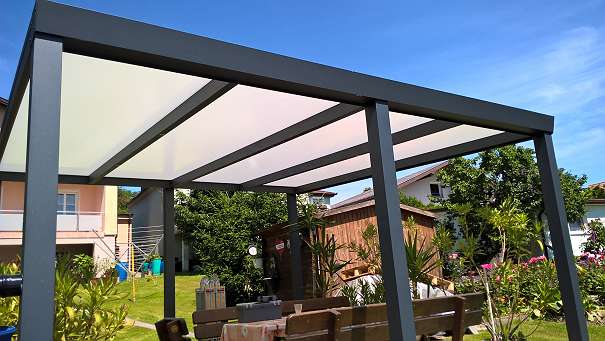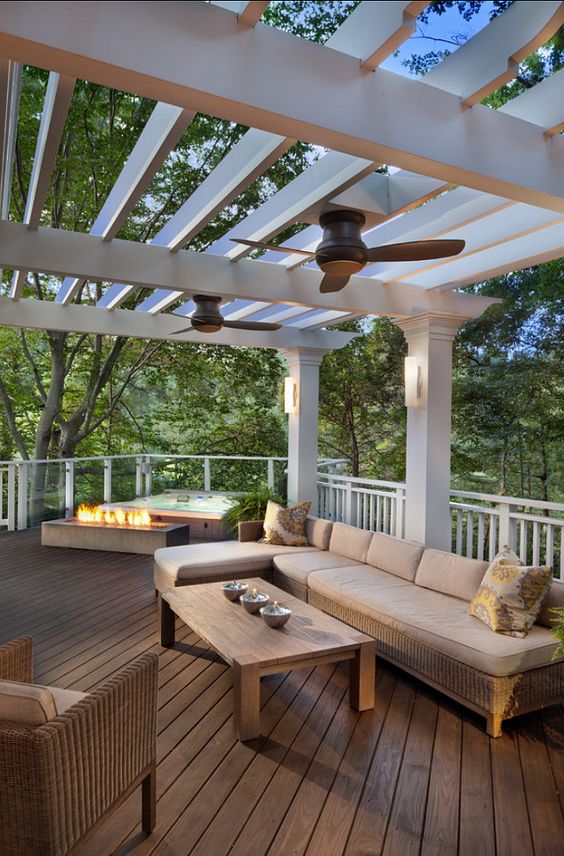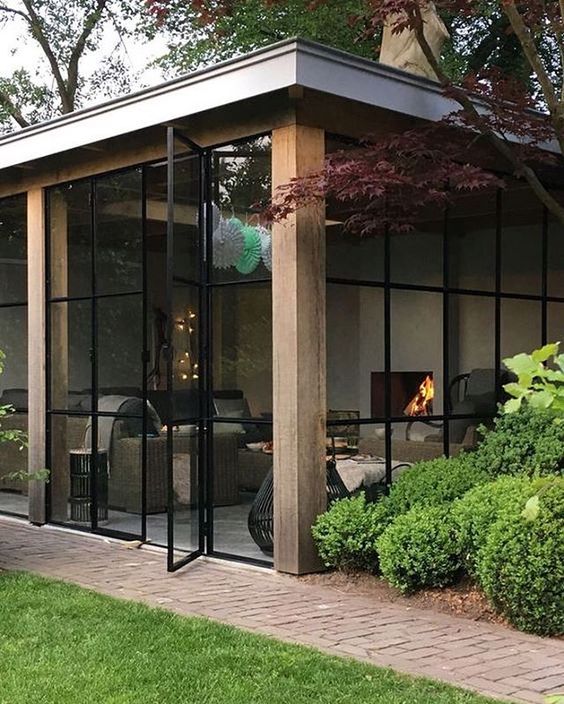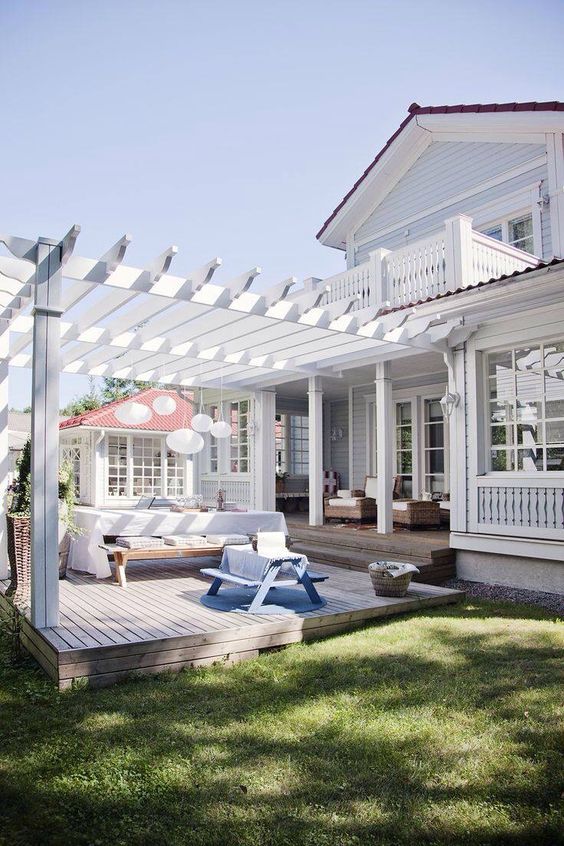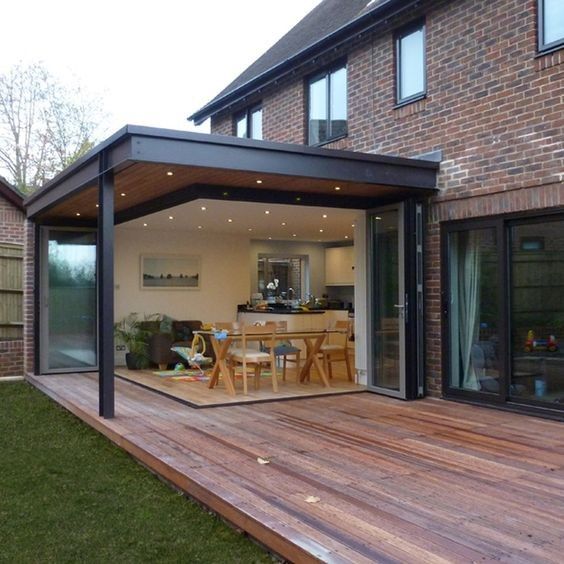How to Wash Sunroom Windows, 9 Useful Tips
Nowadays store shelves are filled with cleaning agents for a certain purpose. Advertising billboards, posters with these products are filled with busy highways and television.
And it is interesting that the “secret” element in the detergents is ordinary vinegar. In the XXI century, people are used to the modern lifestyle, although it is becoming more complicated.

Some people got used to thinking: why do you need to cut garlic with a knife, if there are more than 40 devices for this purpose, or why do you need to clean with an ordinary rag when special napkins are invented? But it wouldn’t be better to use cheap and effective sunroom window cleaning products? The effect is the same. All methods are used here https://lookingglassluxe.com/sunrooms-south-carolina/. You can see our results.
9 Methods How To Clean Sunroom Windows
1 method
Before you start, you should take a cotton swab, toothpick, sponge, napkin, linen cloth, warm water, vinegar. We clean all openings with a toothpick and a stick from pollution. Wash window frames with a sponge soaked in warm soapy water and wipe with a dry cloth.
Then pour clean water into the bucket (with the calculation of 1 liter of water + 2 tbsp). Wash with a wet linen cloth and therefore with a dry or log sheet. That’s it! The windows shine and shine!

2 method
Another way to quickly clean your sunroom window. You should prepare a solution: 2 tbsp. of starch, some blue, 100 ml of ammonia, 100 ml of white vinegar, 4 liters of slightly warm water. Pour into a bottle with a sprayer and spray on the glass, rinse with water and wipe with a paper towel.
3 method
Another good way is to wash windows with chalk solution. After drying, wipe with a clean cloth.
4 method
The way to impress the hostess is potatoes. Wipe the glass with half of it, rinse with water and wipe with a napkin.
5 method
If someone wants to do this work even faster, you can buy a magnetic brush and the sunroom window will be transparent in 4 minutes! So, we make a soap solution and spray it on the glass.
Now we fix the double-sided brush in any corner and move along the trajectory so that the water flows in the required direction (left, right and vice versa). For the second time we wash with a brush with clean water. Remove the magnetic “assistant”. Wipe the corners with a dry cloth.
6 method
Still, some hostesses use modern wipes made of superfine fibers, after which there are no leaks, no scratches, wipes even fingerprints. It is enough just to wet the window and wash it with water. Unusual microfiber cloth has a high ability to absorb moisture. Wipe the second time with a strongly squeezed rag.

7 method
The window washer with a scraper and a flush washer became famous. This special mop is designed for ordinary and high windows. We remove dirt with a scraper and wash away all the remnants of dirty water with rubber grime. And no unpleasant traces and leaks.
8 method
For those who do not have such devices, there is a simple mop on which we roll a rag and wash the outer window with vinegar water, then wipe.
9 method
An interesting way to clean windows can be done with the help of wipers for car windows.
Clean windows – attractive sunroom.
John Masachano
